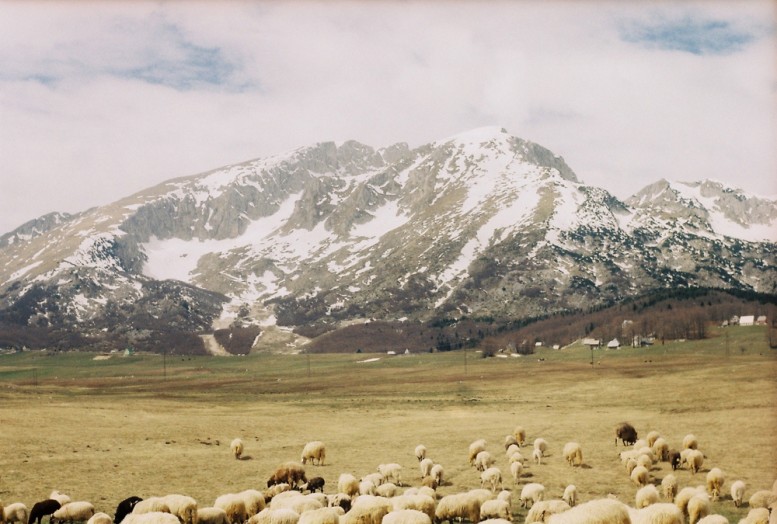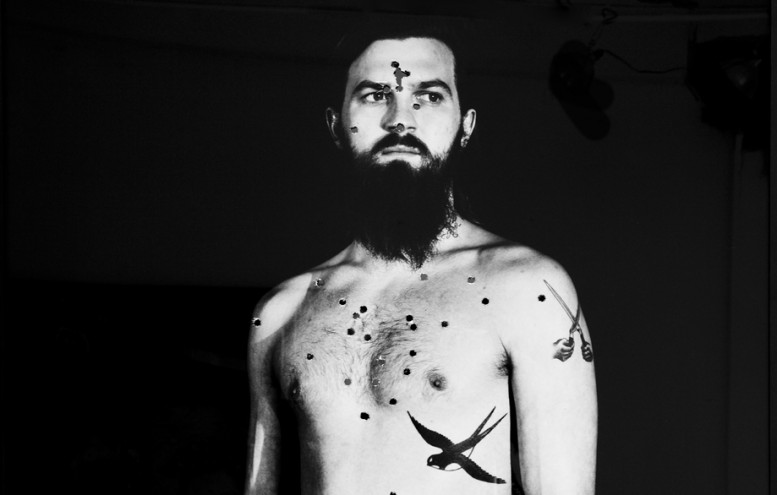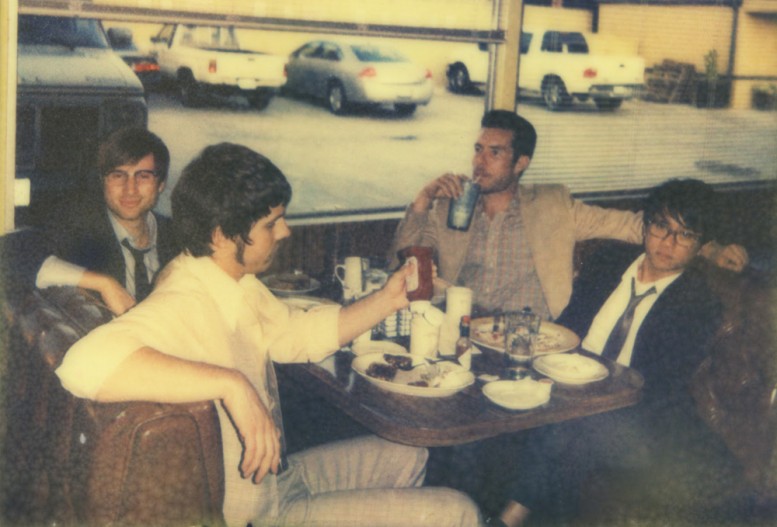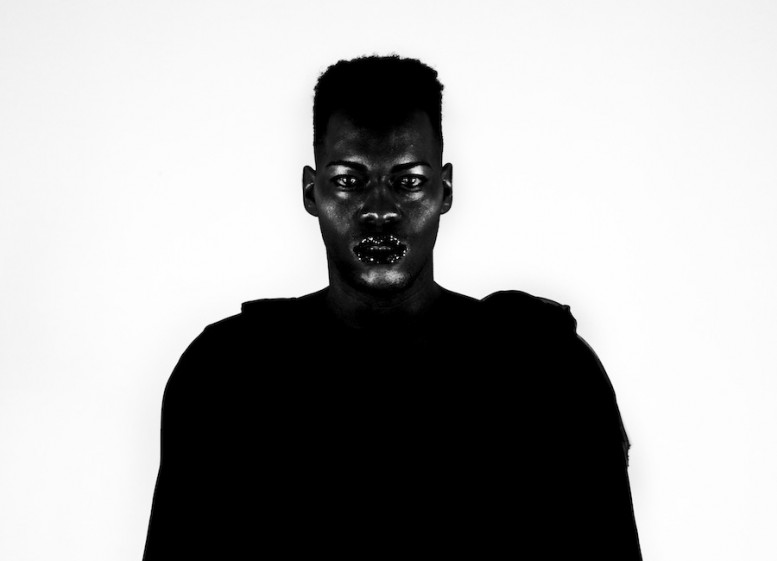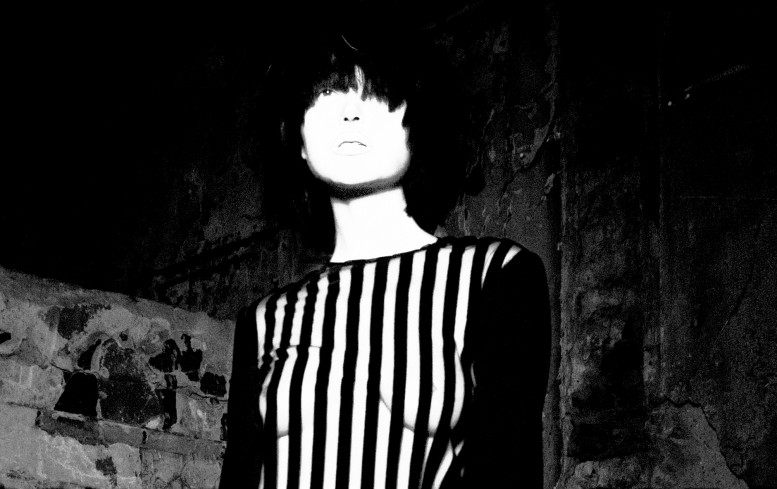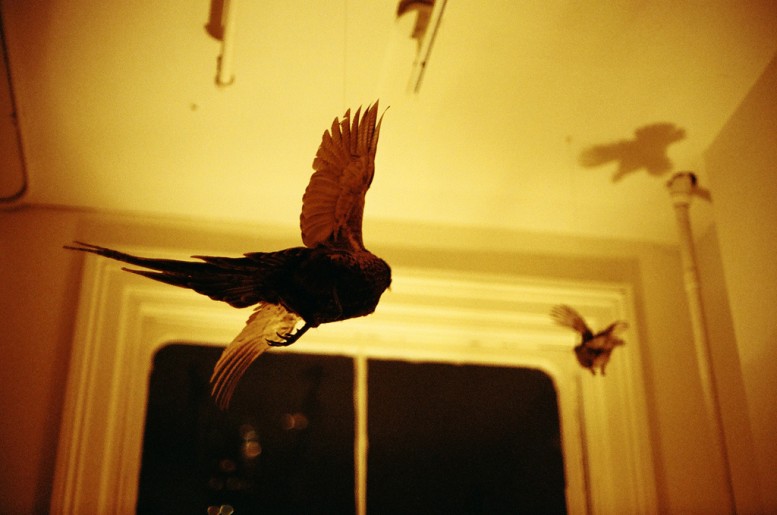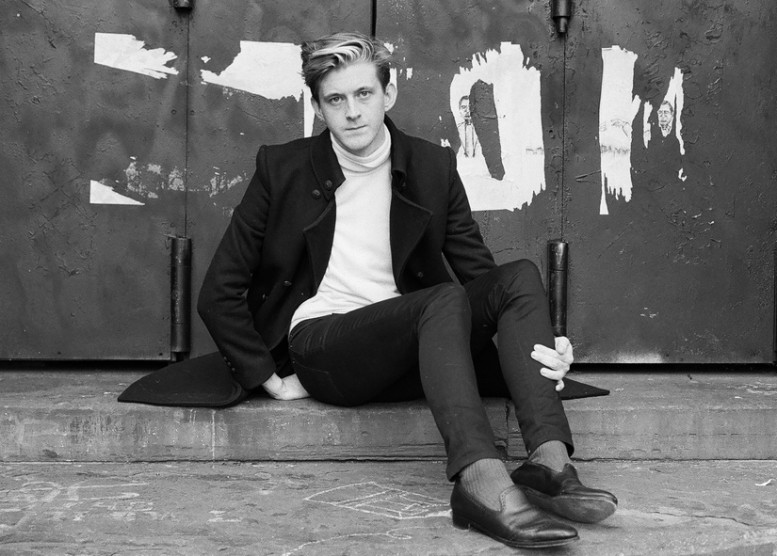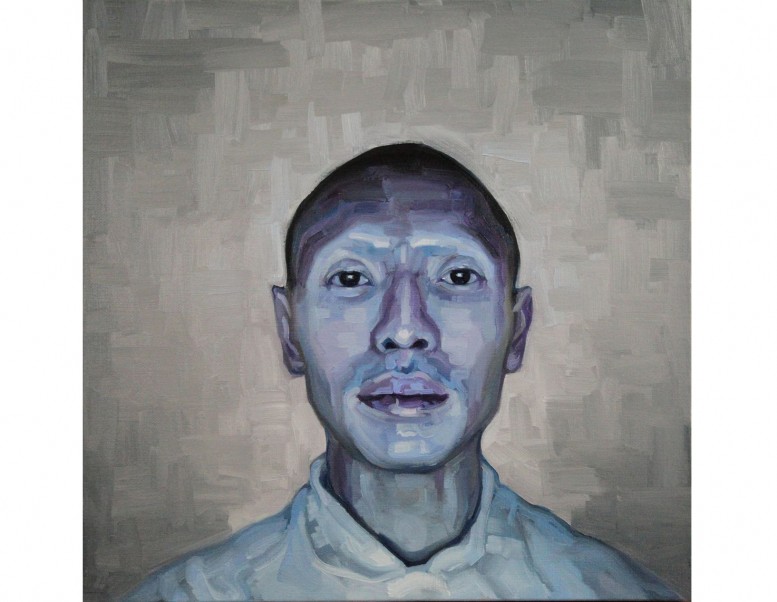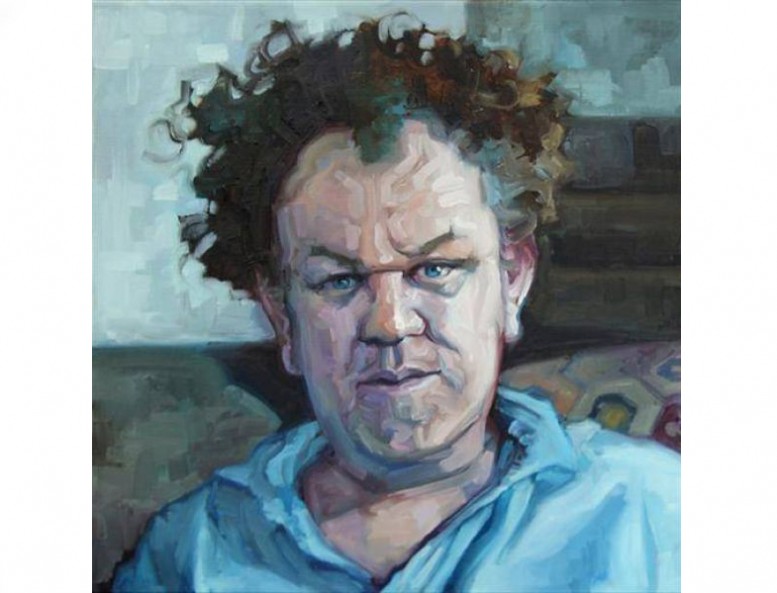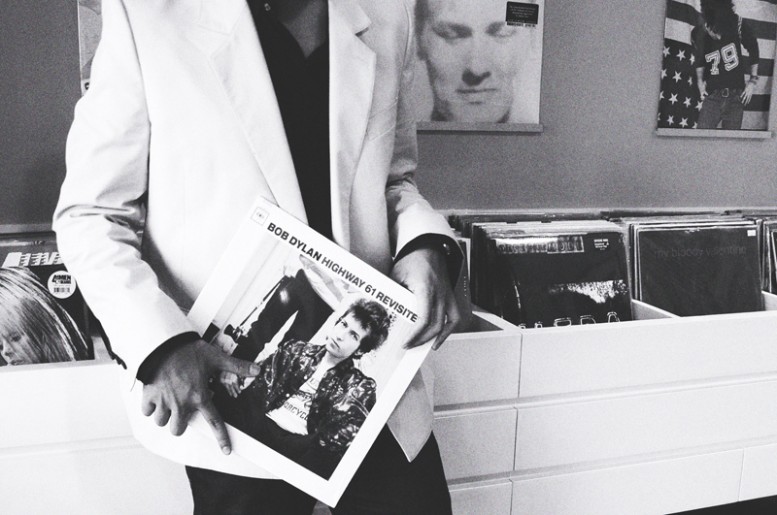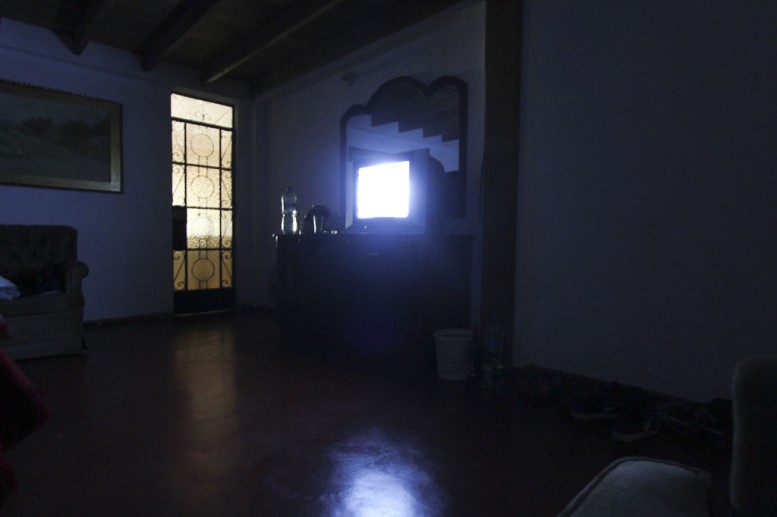Danish born, Berlin based photographer Camilla Storgaard is a documentarian of her own life. Painted by desire and longing, her photographs chant the elegy of abandon and uninhibited in beautiful, seismic bursts of human expression. Erotic, but not blatant, her photographs are never sexual or exploitative, but examine sexuality using aesthetic meaningful contradictions. I had happened to come across her photography and was curious to learn more.
PAS UN AUTRE: What inspired you to start taking photographs?
CAMILLA STORGAARD: I don't know if I can say that any specific thing inspired me to start photographing. I think like all artist I always had a need to express myself and my feelings and experimented with many medias as painting, poetry and music in my teenage years. But photography was the media that gave me butterflies in my stomach, so I continued in that direction.
AUTRE: Can you remember the first image you ever took?
STORGAARD: I don't remember the first image I took because I was really young when I started shooting cheap disposable cameras. But I remember the first time I took a picture and realized it looked better on my camera than in real life. It was on a vacation with my family in Chicago when I was 16 years old. I just got my first digital camera that year and felt so free to be able to shoot wildly hanging out of the window of the car while driving into the city. That day I took a photo at the Willis Tower from the ground. The sun was sharp and I could hardly see the screen on my camera but when I covered it with my hand I saw how amazing the light was working with the glass-covered building I got this amazing feeling in my stomach that I never wanna let go off.
AUTRE: How do you set up a shot? What are some of the thought processes?
STORGAARD: After moving to Berlin I only shoot models. It started when I for the first time had the courage to ask a friend of mine if I could do some nude photos of her and she said yes. After that nudity became a main part of my work. I almost only shoot myself, my friends or people I meet through my friends at parties or other random places. If I have a friend or see a face I find interesting I just ask them. I always have an idea of an expression and the props I wanna use to get this expression out. I welcome the models to be freestyle but also model them a lot on the shoots, which I usually do in my attic. Using nudity in my work makes it really important to me to get the right expression. I wanna show sex, beauty and desire without creating anything that comes close to pornography. So I always have a main idea but the final expression comes from both parts. But when this is said my style also slowly changes all the time and I have lately started to put more responsibility on the models. To let them inspire me with their personalities, looks and own props and to have the shoots in their own homes.
AUTRE: How does living in Berlin influence your work?
STORGAARD: Living in Berlin has everything to do with my work today. My whole style is balanced around the tense sexual energy this city possess. Moving here I had so many inputs all at once I needed to process them in some way. Berlin is a wonderful little wasteland of sex, drugs and techno and to follow the contours of my friends slightly messy existences has become the biggest influence in my work. Also when I moved here I started working as the assistant of the Danish/Icelandic artist "Olafur Eliasson". Being surrounded by art every day was something completely new to me and made me notice all the little details.
AUTRE: Major inspirations?
STORGAARD: My major inspiration is the body itself and the way it expresses itself.
AUTRE: Whats next?
STORGAARD: I never know whats next and I like that. When I get a chance, I jump it and it takes me new places. But I do consider to start studying soon. I put all my energy and love in my photography but in the world we live in today it's sometimes necessary to have a degree or diploma to get the good paid jobs. And I will probably learn a lot of new things about photography a well.
See more of Camilla Storgaard's photography at her website. Text by Oliver Maxwell Kupper for Pas Un Autre.











